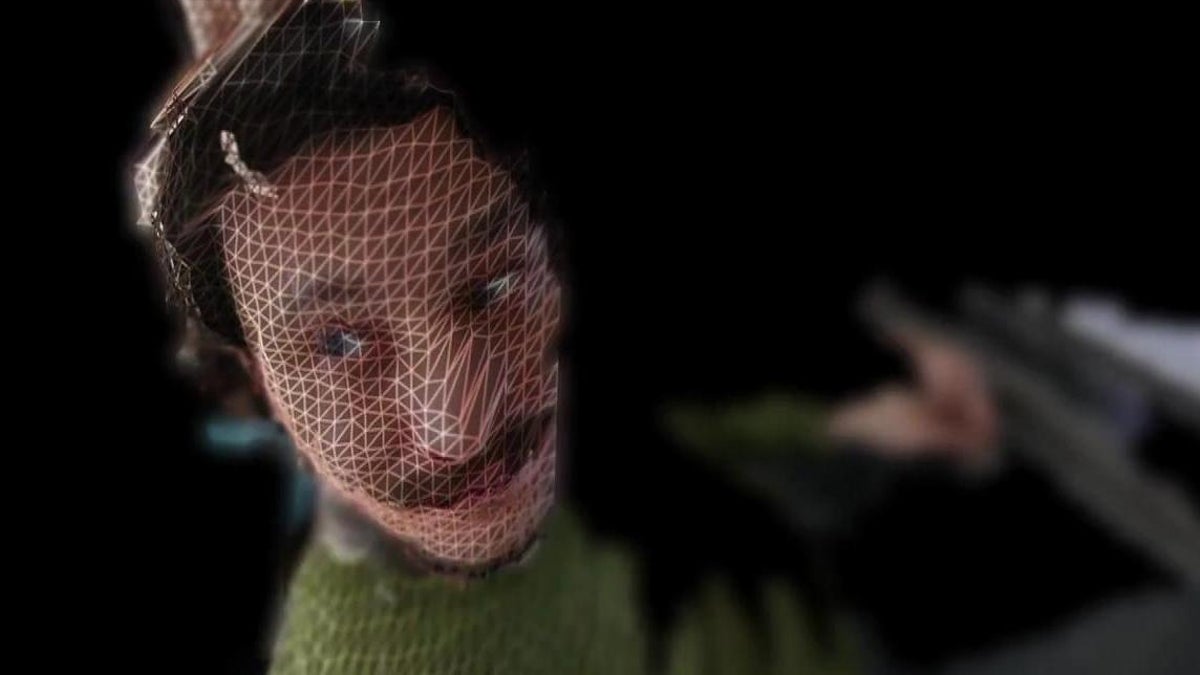'Point cloud portraits' bring ghostly 3D images to movies
Carnegie Mellon University's Studio for Creative Inquiry creates distinctive 3D video effect by hacking together the depth camera of the Kinect gaming console with video from digital SLRs.

In yet another example of the amazing things possible with the Kinect gaming console, filmmakers have combined the depth camera of Kinect with a digital SLR to create a haunting new look in video.
Fellows at Carnegie Mellon University's Studio for Creative Inquiry this week posted video, spotted by The Verge, from a filmmaking workshop which shows some of the potential of this type of 3D imagery.
The sensor in the Kinect console controller scans objects in front of it and determines their distance, allowing it to recognize gestures for playing video games. Fellows James George and Jonathan Minard from Carnegie Mellon wrote software that combines the color video from the camera and the depth data from the Kinect's sensor into what they call a "dynamic sculptural relief," and the resulting stills, "point cloud portraits."
Their videos show a set of lines over the object to make it appear three-dimensional. The images are blurry, or "abstract," and only appear to detect light on some objects since the backgrounds behind people in the movies are dark.
But the "volumetric" video has a distinct look, which its makers hope can be used in making films. They released an open-source workflow application called RGDB Toolkit.
"I perceive a continuum between abstraction and integration. I see a place all along there with lots of really interesting places to go. I think abstraction has ways to communicate with us that go beyond language and talk to us in a low perceptual level," said Golan Levin from the Studio for Creative Inquiry.

